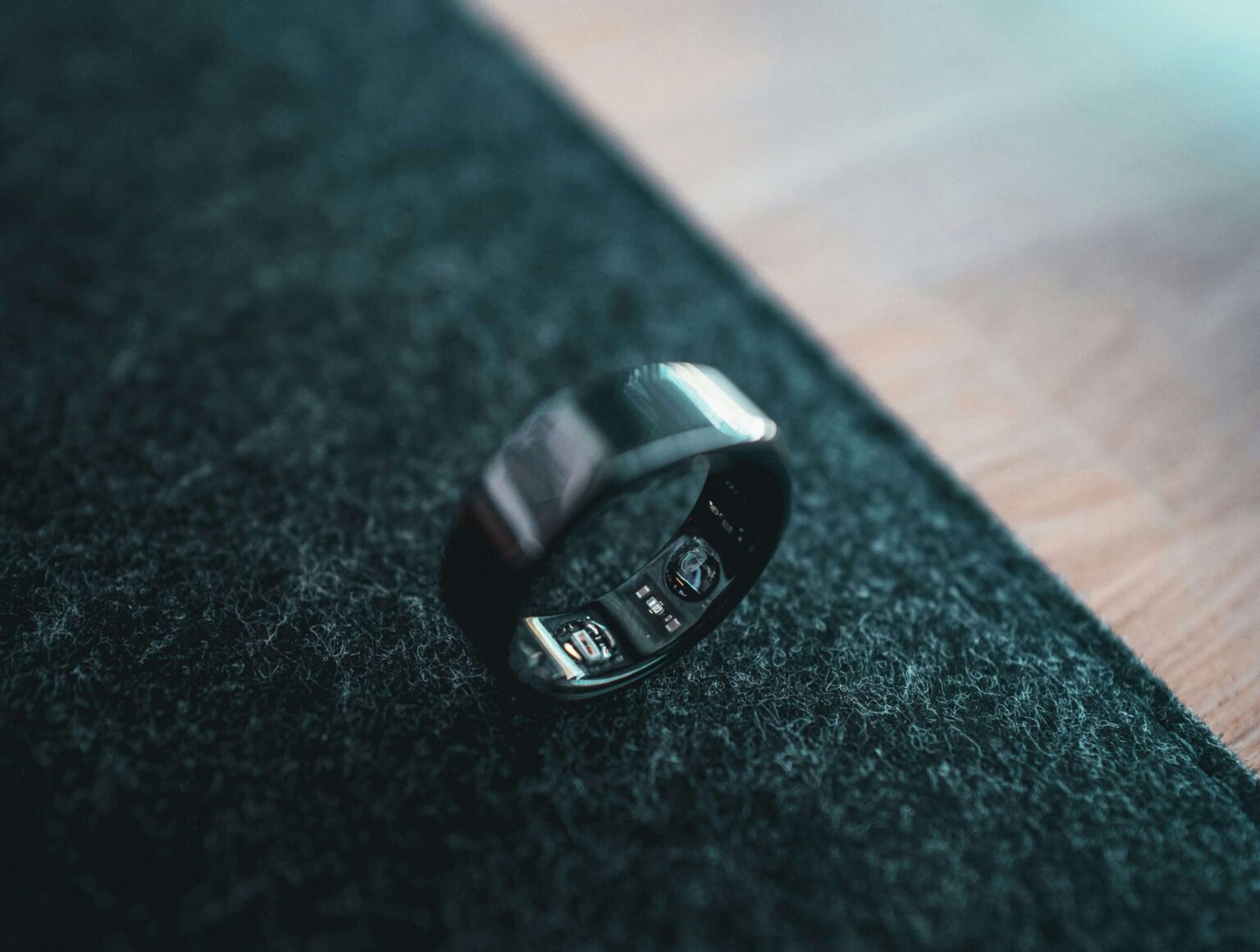Smart rings have been around since way back in 2005 – the first one was launched nearly 20 years ago, although the older among us may not relish the idea that 2005 was that long ago.
Although smart ring technology isn’t exactly brand new, the new models do offer features that outdo the first models.
However, they still haven’t been adopted as broadly as things like smartwatches, so the obvious question, why doesn’t everyone have one?
It’s all about what a smart ring can and can’t do – the features it can offer users, especially in comparison to the devices that most people already have.
What Can Smart Rings Do?
Smart rings are designed to be able to monitor aspects of your physical health as well as give you notifications and provide several other functions too.
The devices are linked to applications that users can check via their smartphones. Unlike a smartwatch, you won’t be able to see absolutely everything on a screen while you’re wearing it, but you can get all the information and data you need via the app.
Here are the main functions of smart rings:
- Tracking of Health and Fitness: Smart rings have the ability to track your heart rate, your steps, your body temperature and even your sleep. The way in which these things are tracked are fairly similar to the way in which it’s done by smartwatches.
- Alerts and Notifications: Smart rings have the ability to vibrate and even display notifications for texts, phone calls and other types of notifications. They obviously don’t have a lot of room for displaying messages so you’ll have to use your phone to properly read messages, but the notifications can be helpful while you’re on the move.
- Contactless Payments: Depending on the device you choose, you may have a ring that is equipped with NFC (Near Field Communication) technology. This allows you to make payments by simply tapping the ring on payment terminals. In this way, it’s pretty similar to using a payment app on your cell phone.
- Access Control: In some cases, smart rings can be used as a means for multi-factor authentication. So, by wearing the ring, you’ll be able to quickly and easily log into devices and apps without having to use passwords. It can also be used for physical access control into buildings and rooms.
- Fashion Accessory: Smart rings are both functional and attractive. These days, they’re designed to look as much like traditional rings as possible. In some cases, they offer customisable designs and users can choose from a variety of materials, colours and finishes.
- Productivity and Task Management: Certain smart rings can be used to control other devices by means of things like gestures. They can also be used to help you manage appointments, tasks and reminders by vibrating or lighting up.
- Wellness Monitoring: Since smart rings can detect heart rate, they can help users track stress levels and in the case of detected high stress, it may even suggest methods to help you relax.
- Excellent Battery Life: One of the best things about smart rings, as opposed to smartwatches or smartphones, is that they boast a really good battery life, mostly because they have small display faces. They tend to be able to last between five and seven days.
- Data Syncing: The data from smart rings sync to corresponding apps on your smartphone. Normally, these apps can be used with both iOS and Android devices.
Are Smart Rings Worth It?
So, if most people already have smartwatches and smartphones, how necessary is it to have a smart ring too?
It all depends on the individual. For some, a smart ring may be preferable to a watch, because it’s smaller and its battery has the potential to last significantly longer.
For others, however, a ring will offer pretty much the same features as a smartwatch but with fewer display options.
Ultimately, smart rings use cutting-edge technology and they have the potential to be incredibly helpful in terms of tracking physical activity and more.




